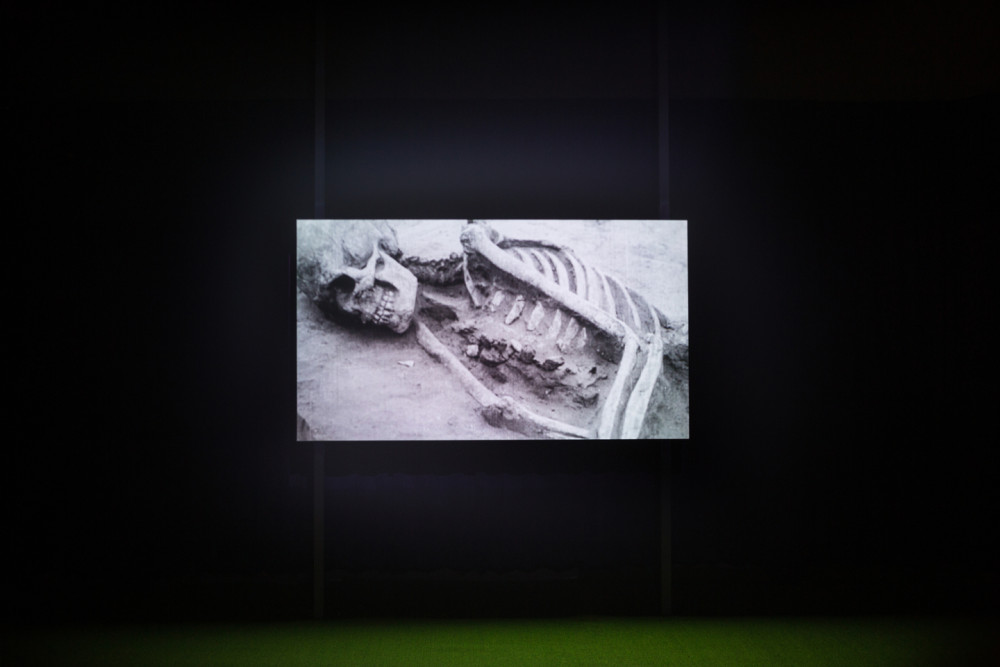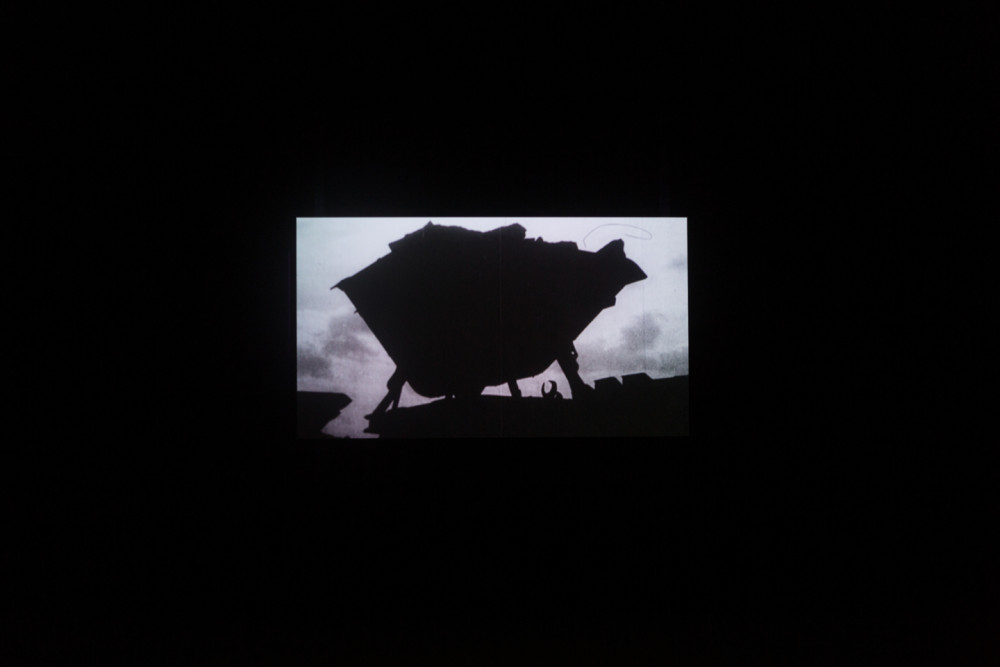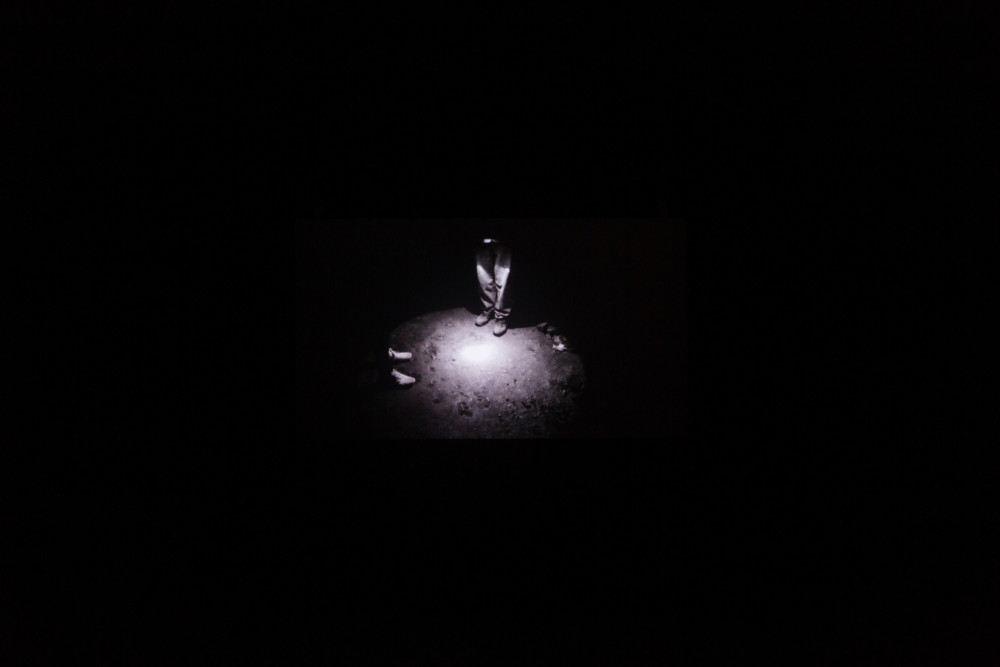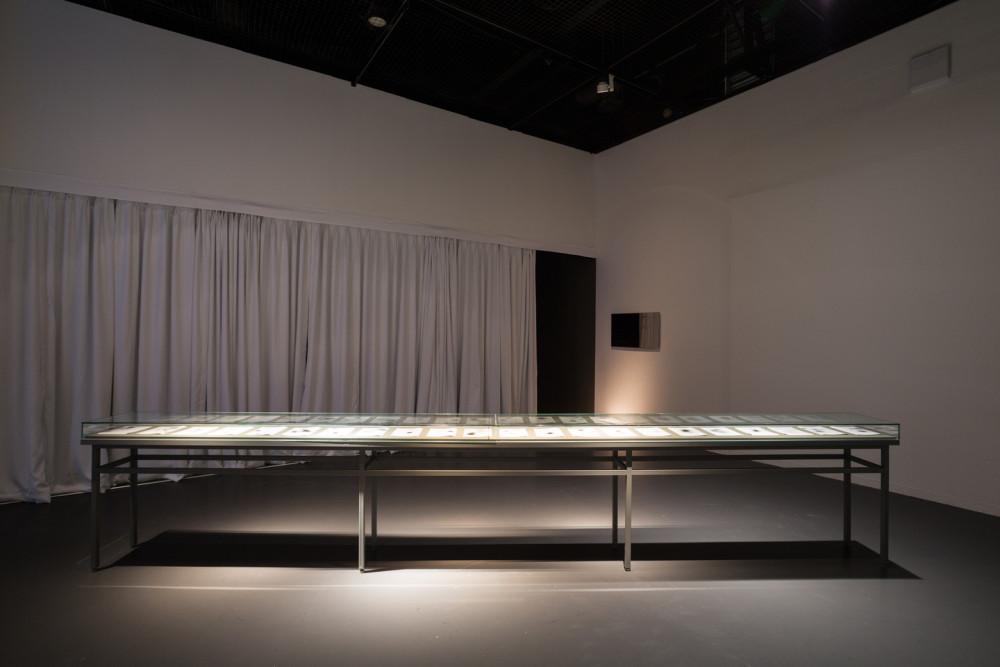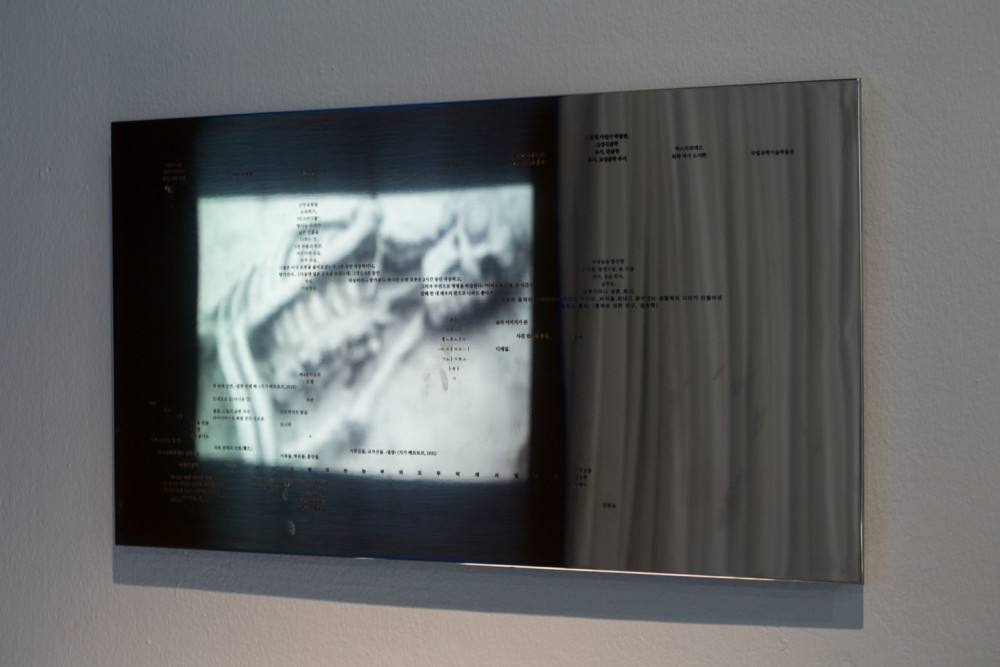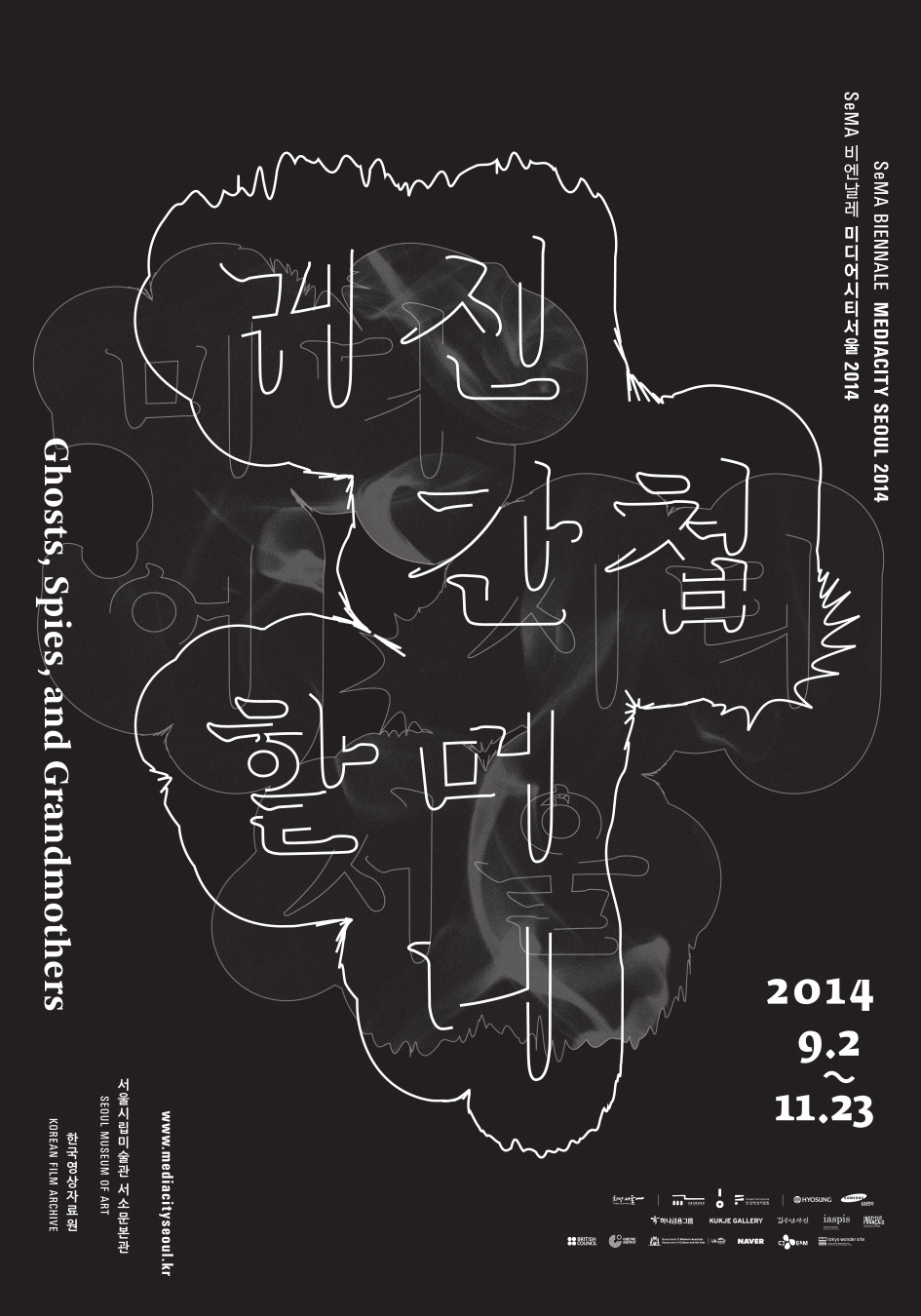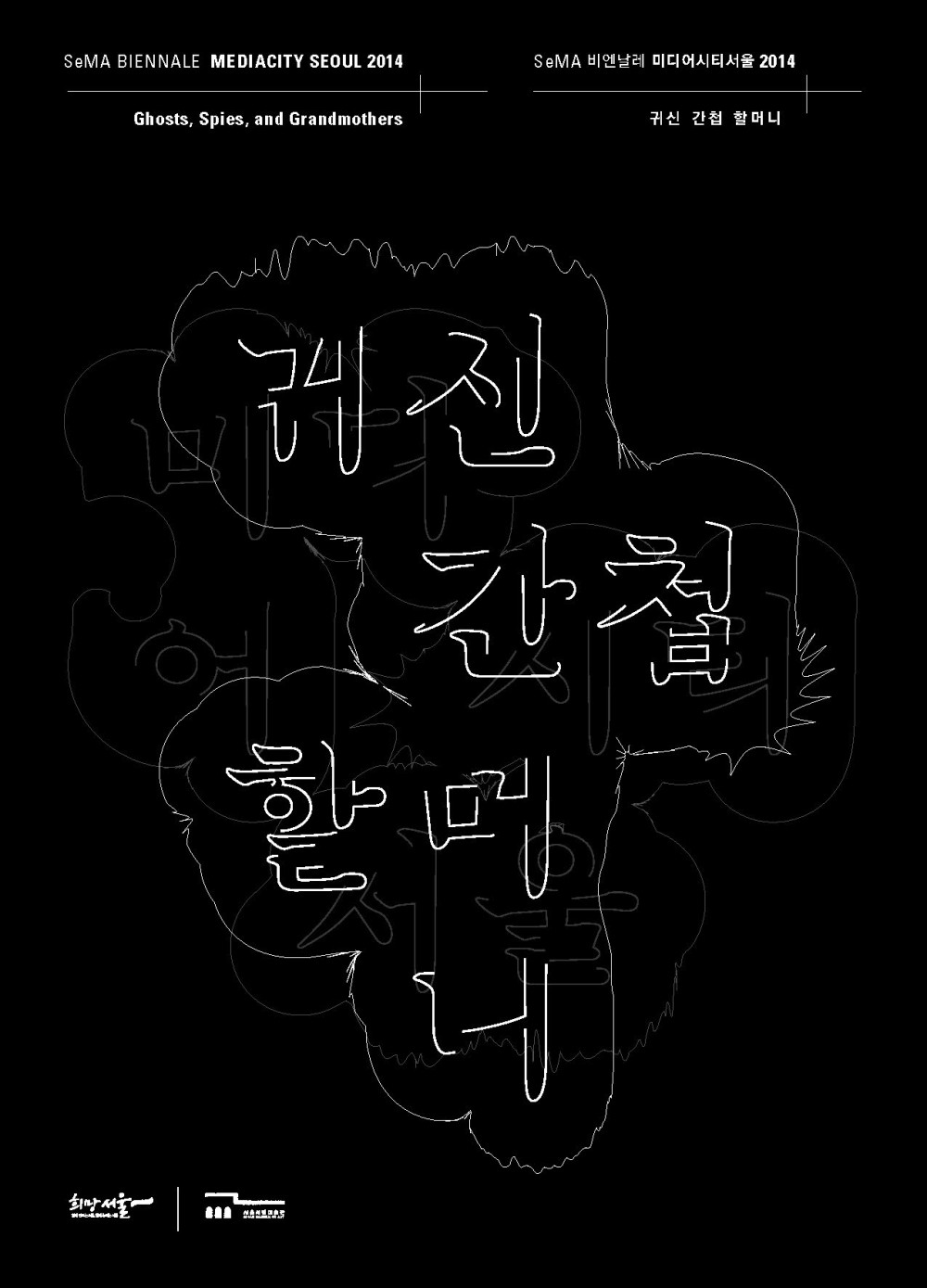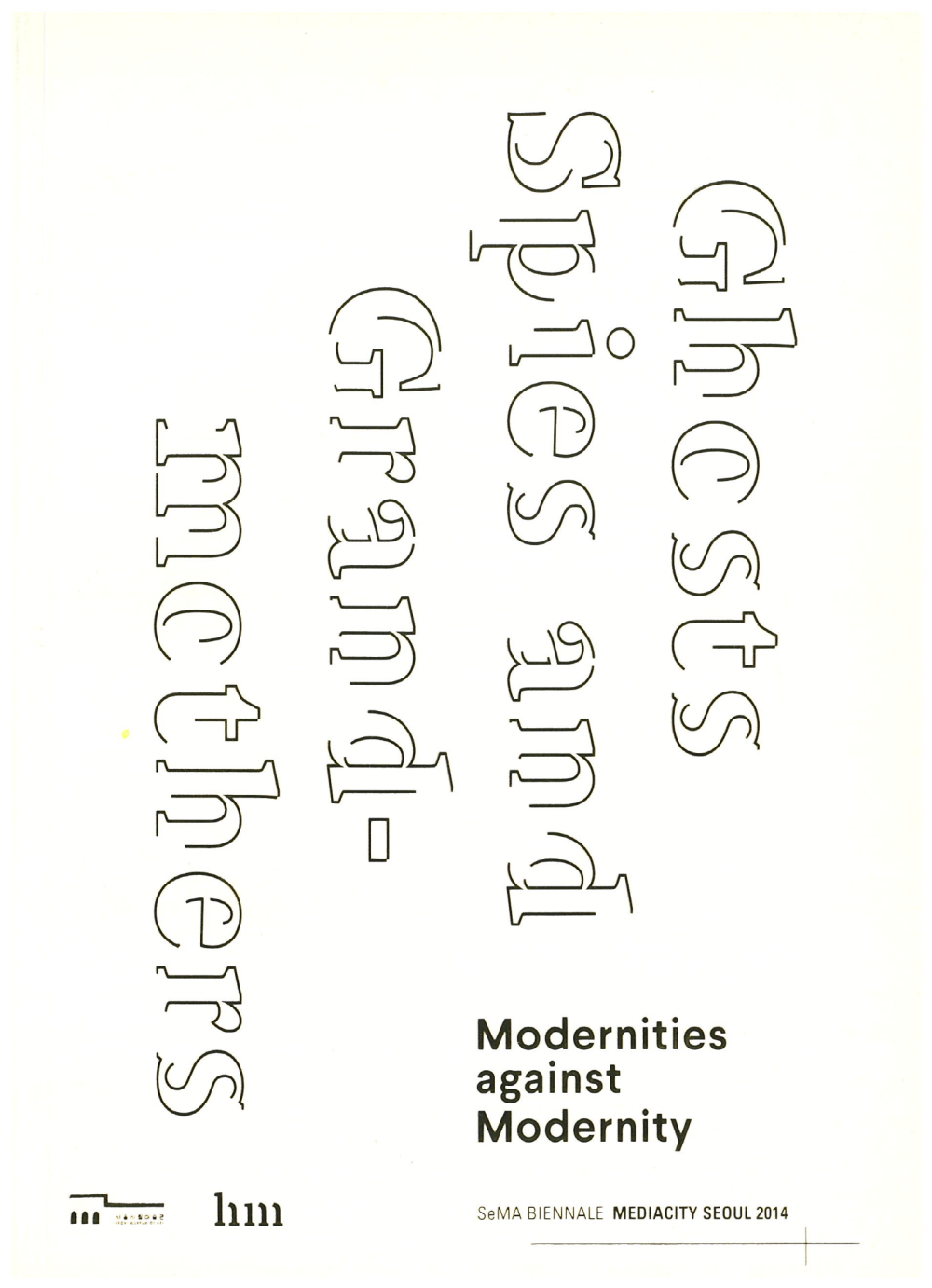
Lenin’s Lamp Glows in the Peasant’s Hut is a work with many points of entry. In the text piece that can be viewed as a sketch for the film, the conceptual content of the film is presented as a number of mineshafts, various vertical movements that are joined together and create a system of meanings into which viewers may descend.
One of these shafts is the 1986 nuclear disaster in Chernobyl, Ukraine. On a tributary of the Dnieper, upstream from Kyiv, lies Pripyat, the town founded to house workers for the nuclear power plant. On the shores of the Dnieper is also where the 1928 film The Eleventh Year by the Soviet film director Dziga Vertov takes place. The film, which celebrated the tenth anniversary of the Soviet state, depicts the construction of a power plant, focusing on electricity as the prerequisite for the development and progress of modern society. The title of Selander’s installation is borrowed from an intertitle in Vertov’s film, and footage from it is used to connect the utopian dream from the first decade of the Soviet state―summarised in Lenin’s slogan from 1920: “Communism is Soviet Power plus the electrification of the whole country”―with a contemporary set of problems in regard to modern society’s insatiable need for power and its consequences as well as with the role of the mediums of film and photography in this development.
In the photographic work that is part of the installation―photographic paper exposed to rocks containing uranium, pointing to how nuclear radiation was discovered by Henri Becquerel during his experiments with photographic plates―the photographic image is not just a propaganda tool in the service of modernity, but is directly connected to the scientific discovery that made it possible to harness nuclear power as an energy source. [Lina Selander]

